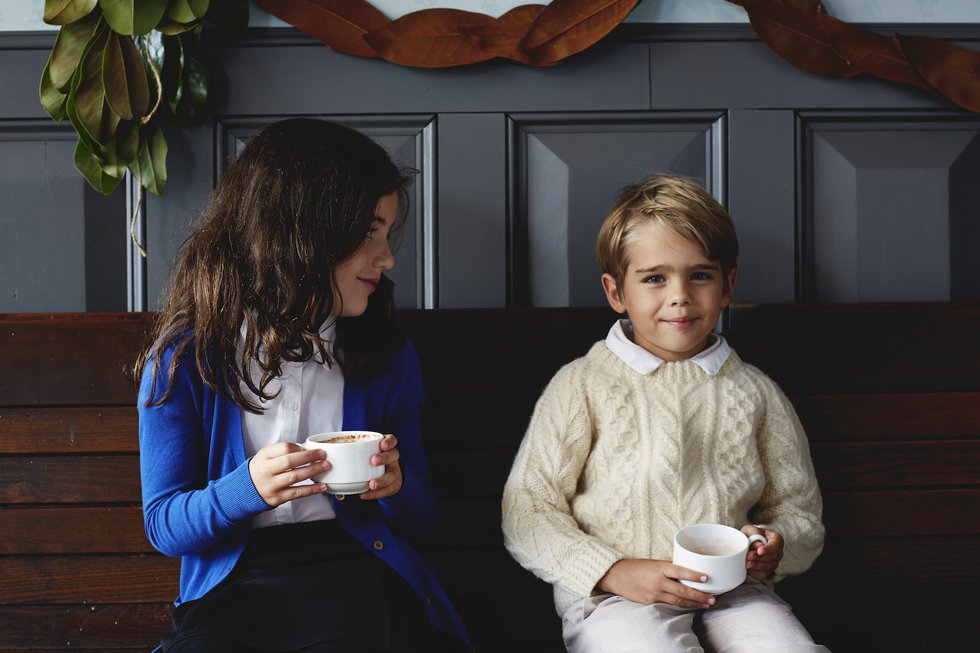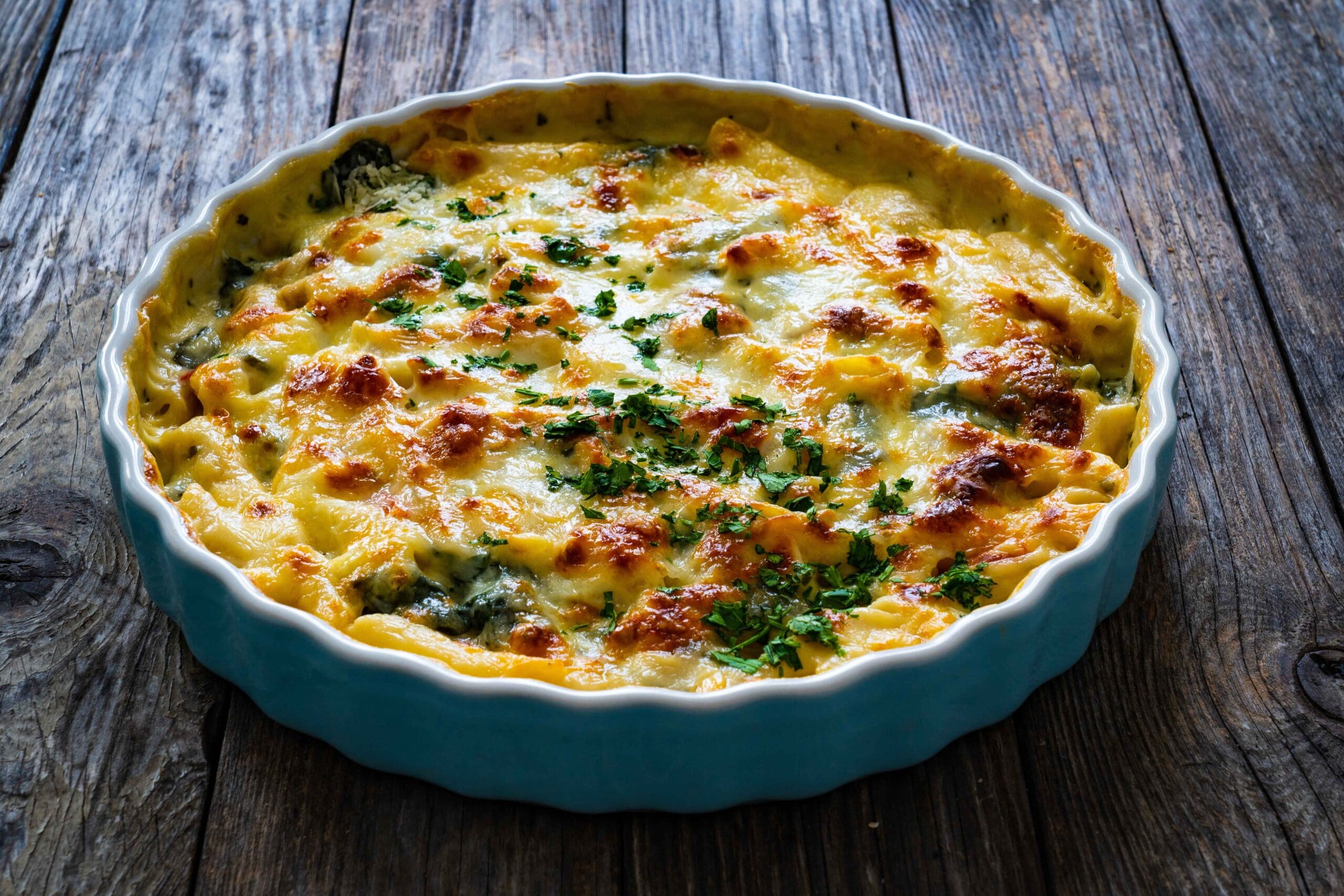Chefs reveal the keys to a successful kitchen.
-By Janelle Alberts
Georges-Auguste Escoffier, considered the father of modern cuisine, scored a chef’s job at the London Savoy in 1890 and promptly introduced a rigid organizational habit that nobody in his kitchen liked. Called mise en place, it’s since become a wildly popular phenomenon, ranking somewhere between simple preparedness to near culinary religion.
Mise en place, French for “in its place,” is where chefs know their recipe, divvy up ingredients, then chop, slice, and prep everything before service—literally anything that goes into a dish. Richmond restaurateur and chef David Shannon summed up the implications of mise en place at his L’Opossum restaurant with a significant but simple, “Great preparation equals great results.”
Preparation like that has now been organizing the creative genius of chefs for over a century. Escoffier used it as a backbone for cranking out hundreds of consistently plated entrées, while still individualizing dishes for his favorite customers. It’s hard to overstate how major that paradigm shift was from the unsanitary and haphazardly run kitchens that chefs like Escoffier had to face.
The practice continues to give modern chefs a breather, so that in a pressure-packed restaurant service, they can focus. Chef Patrick Willis of Lemaire at The Jefferson Hotel in Richmond remembers being a young line cook, expected to deliver layered, fluffy buttermilk biscuits for an important Mother’s Day service. He said it was proper mise en place that kept his younger self working confidently, with intention and efficiency. “Without this deeply ingrained skill,” he says, “our flavor and presentation will suffer.”
At Fleurie in Charlottesville, Chef José de Brito agrees so poignantly with that sentiment that he insists the impact of mise en place can, “.…focus your life and might even change it.” Ironic that a practice so rigid makes room for soft skills like creativity, ingenuity, and finesse, but that remains a principle reason why chefs love it still.
Mastering Mise en Place
Auguste Escoffier School of Culinary Arts is named for the former French soldier-turned-chef, who used clear rules to develop mise en place, revolutionizing commercial kitchens world-wide. Hop on DiscoverEscoffier.edu for a menu of online classes, and check out the school’s mise en place recommendations here.
Recipe ✓ Review the ingredient list—it doesn’t always match the instructions. Take note of any cookware recommended. Some recipes need conversion from metric to U.S. standard. Do this in advance, not on the fly.
Space ✓ Designate specific real estate in your kitchen as your workstation. Remove any and all clutter, and clean the surface thoroughly.
Tools ✓ You’ll need an assortment of various utensils—not one spoon or one spatula, but several. Don’t get stuck washing dishes and utensils mid-sear. Sharpen knives.
Ingredients ✓ Identify and organize everything that you need. Measure out proper quantities into separate bowls so they’re handy and accessible for diced ingredients. Ramekins are great for spices and herbs and sliced and diced ingredients.
Miscellaneous ✓ Trim meat, wash fruits and veggies, grind spices, toast nuts, pare or dice what’s needed.
This article originally appeared in the December 2024 issue.










